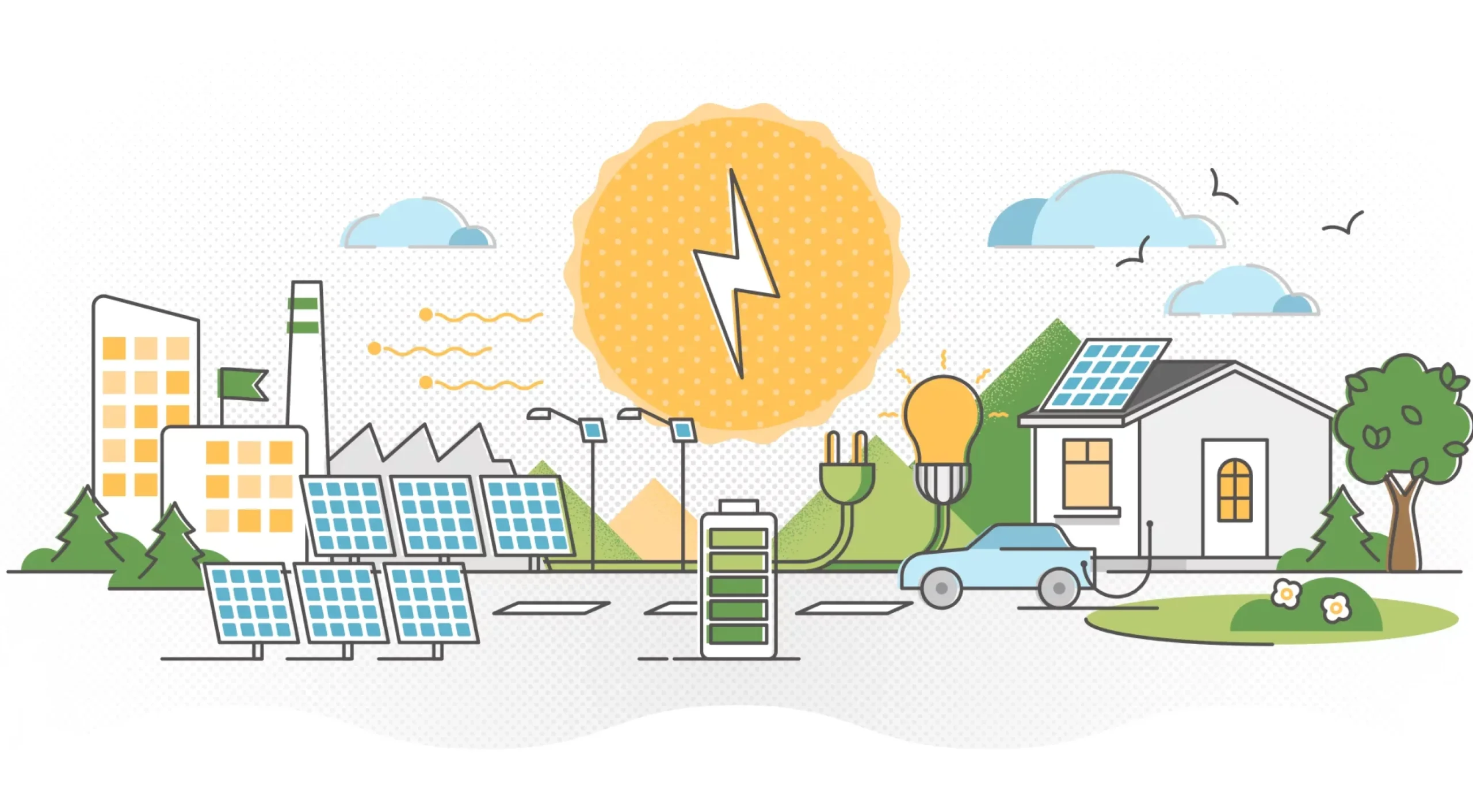“Smart light planning creates impactful designs but also reduce carbon emissions from lighting”
Our planet is facing a climate crisis, with rising temperatures and sea levels serving as stark reminders of the urgent need for change. While global warming and climate change present complex challenges, even seemingly simple aspects of our lives, like lighting, play a significant role. Light, though essential for modern life in city streets, commercial centers, offices, and transport hubs, comes at an environmental cost. It’s estimated that electricity accounts for roughly half of our carbon footprint, with lighting contributing a substantial quarter of that within buildings. Explore how can we reduce carbon emissions from lighting.
“Numerous cost-effective solutions with demonstrable ROI are readily available; what’s needed is the will to implement them.”
The Lighting Challenge
While the widespread adoption of LEDs has halved lighting-related carbon emissions over the past decade, these efforts haven’t been enough to counteract the escalating climate crisis. Well-intentioned but poorly conceived measures, like turning off streetlights, have often backfired, highlighting the need for more sophisticated solutions. The growing popularity of intelligent lighting systems holds immense promise, yet widespread implementation has been hampered by technical challenges, economic concerns, and a lack of clear understanding regarding return on investment.
A Human-Centric Approach to Sustainable Lighting
The concept of human-centric light planning offers a crucial pathway towards a carbon-neutral future. This approach prioritizes the function of the space, the needs of its users, and the architectural design, moving away from the wasteful practice of over-lighting spaces simply to achieve arbitrary lux levels. Integrating daylight into light planning further enhances efficiency and reduces reliance on artificial light. In outdoor environments, simple occupancy controllers can significantly reduce municipal lighting costs by up to 80%, leading to substantial carbon emission reductions. Numerous cost-effective solutions with demonstrable ROI are readily available; what’s needed is the will to implement them.



“Light is more than illumination—it’s an art form that brings architecture to life and connects communities through shared experiences.”
Beyond Technology: The Human Element
As we navigate the first quarter of the 21st century, technological advancements in lighting are accelerating. However, even with the most sophisticated technologies, the human element remains critical. Smart, dedicated teams are essential to translate innovative ideas into tangible solutions. As lighting consultants, we’ve made progress, but the fundamental question remains: “Are our current approaches to sustainable lighting design truly sufficient?” Are we doing enough? Are we asking the right questions?
Key Strategies for Sustainable Lighting
- Human-Centric Design: Prioritizing user needs and space functionality over arbitrary light levels.
- Daylight Integration: Maximizing the use of natural light to reduce reliance on artificial lighting.
- Smart Controls: Implementing occupancy sensors, timers, and other control systems to optimize energy usage.
- LED Technology: Utilizing energy-efficient LED lighting solutions.
The time for incremental changes is over. We need a paradigm shift in how we think about and implement lighting. By embracing human-centric design, leveraging smart technologies, and prioritizing sustainability, we can create a brighter future for our planet. Let us rise to the challenge and illuminate a path towards a low-carbon ecosystem.







